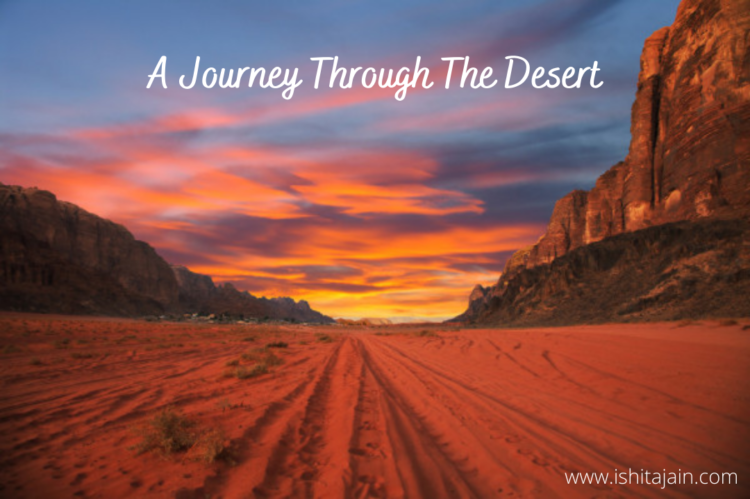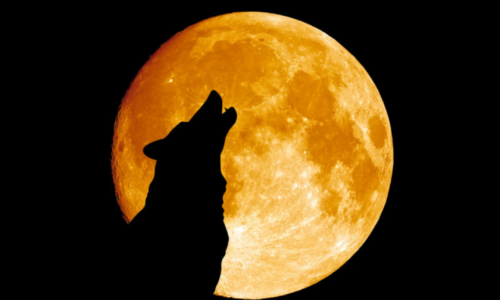The first thought that comes to mind when thinking about deserts is an empty, desolate and parched landscape. Deserts can’t live up to those vast, beautiful, life packed biomes like rain forests and coral reefs, right? Well that’s not exactly true. In this article, it will be shown that there is indeed life in the desert and that their interactions with their environment is truly fascinating! It is a vast ecosystem, as interesting as the rainforest or coral reefs or any of the other environments.
The desert is a type of biome that covers one-fifth of the earth’s surface and can be found in all continents, generally near the equator. It is technically just a vast barren piece of land which is extremely dry. Though it may seem unlikely that anything can live in the desert, there are actually a wide variety of species that can draw breath in the climate there. What makes desert animals and plants unique is that deserts have extreme heat and very little precipitation, so the biotic features have to adapt to these odd living circumstances in order to survive. The most common abiotic factors found in the desert are sunlight, air (oxygen+carbon dioxide), rocks and sand. Some very well known deserts include the Sahara desert, the Mojave desert and the Sonoran desert. Some of the most interesting animals that can be found in the desert are deathstalker scorpions, fennec foxes, gambel’s quail, saguaro cacti, palo verde trees, desert long-eared bats and talus snails.
After exploring the desert, it becomes apparent that it’s a lot more than what meets the eye. It’s a complex and enthralling ecosystem in which organisms adapt and develop. But in order to truly understand how the desert works, one must dig deeper.
Ever wonder how there is food, how creatures live in the desert? It’s because of a number of things. Adaptation is the first step, but after that, it’s the circle of life. Although we don’t think about it that much, the desert is an ecosystem, and everything that affects and dangers wildlife living in different habitats, affects and dangers desert animals and plants as well. Food chains can be a great way to understand what is needed to sustain the biotic elements of the desert, and any other place really, as well as educate children and adults alike about how life works in places they may never get a chance to actually visit. This can be useful for various reasons. For a scientist, it would help them to see if they needed to add anything to an environment to make sure a certain species doesn’t go extinct. In a classroom, a food chain can help to present knowledge to peers. For a traveller, food webs would help them know which animals to stay wary of. Food webs and model ecosystems can also help one apply what they have learned.
So food webs have a lot of perks, but how exactly do they work? How might these abiotic and biotic factors interact in order to keep life thriving?
In a food web, the most important thing that is needed is a source of energy. In the desert (and many other ecosystems) the sun does a good job of providing that to the plants or producers. The next level in the food chain are herbivores, also known as primary consumers. Herbivores eat the plants in the desert in order to get energy. After the primary consumers are the secondary consumers. Secondary consumers can be omnivores or carnivores. This is because a secondary consumers’ defining factor is their ability to eat the primary consumers, however, eating producers as well makes them primary and secondary consumers. Finally, there are the tertiary consumers. These need to eat the secondary consumers, but if they eat primary consumers and plants as well, then they are known as primary consumers, secondary consumers and tertiary consumers. A noticeable factor in a food chain is that there are very few animals at the top and a lot of animals/plants at the bottom. Why is that so? Well, that is because of energy transformation. Plants are only able to get 10% of energy from the sun. The same applies to the other levels. When a herbivore eats a producer, it only gets 10% of the energy and so on. Food cycles help maintain a healthy amount of organisms in an ecosystem and here’s how it works. If there are too few producers and a lot of herbivores, then the plants will die and without any food, the herbivores will die giving the plants more time to grow, and it starts again. This basic cycle occurs again and again, and when more levels are added, it gets more complex, though the gist remains the same. These interactions are important for desert life and life all around the world.
This food web that I made, helps explain the interactions between the abiotic and biotic features in the desert, because sometimes pictures, or in this case diagrams, speak louder than words.
All in all, The desert truly is a fascinating place. Beneath all those layers of sand that come to mind upon hearing its name, lies a haven of plants and animals hustling and bustling about their day. Upon exploring it with food webs and other various models, peculiar things can be found and connections can be made, shining light on what was once overlooked. Although this journey through the desert has met its end, the journey through biodiversity has just begun.



